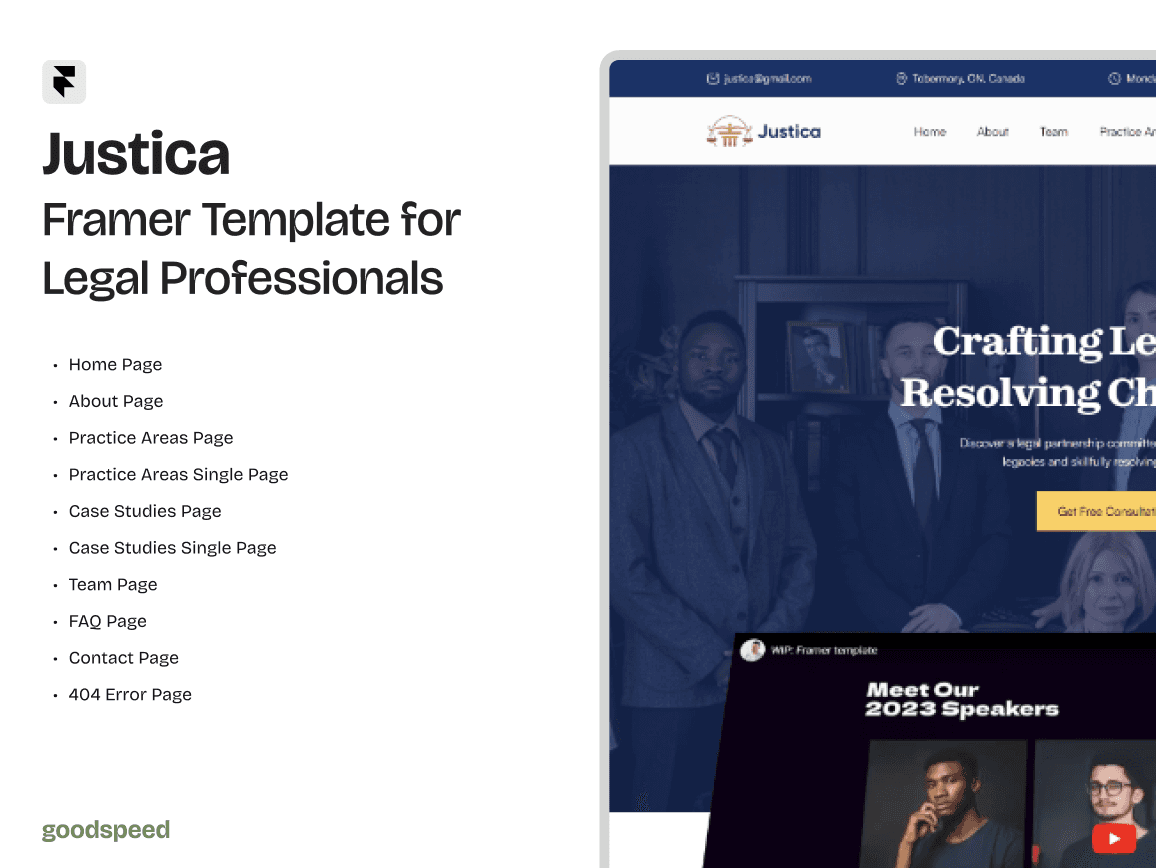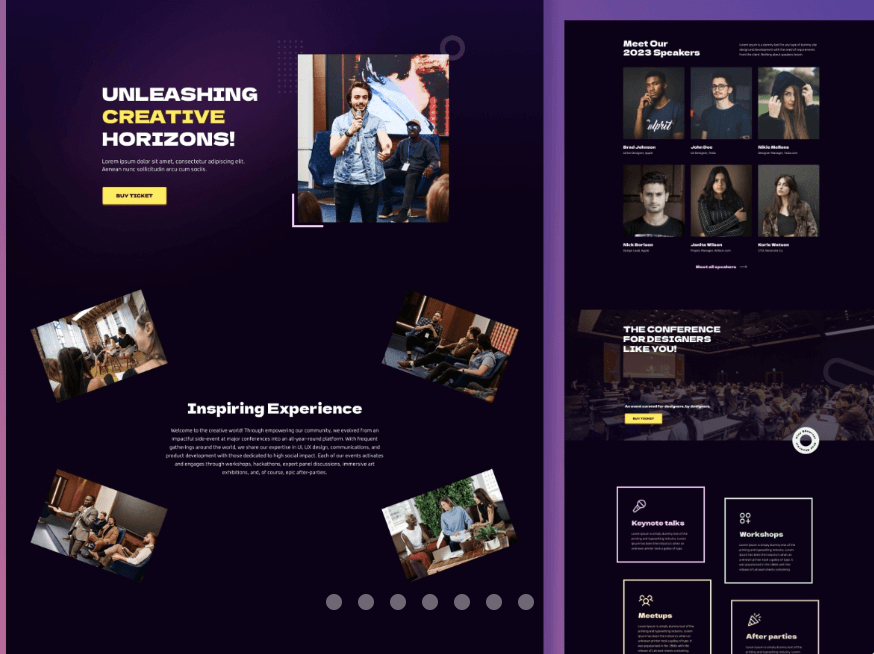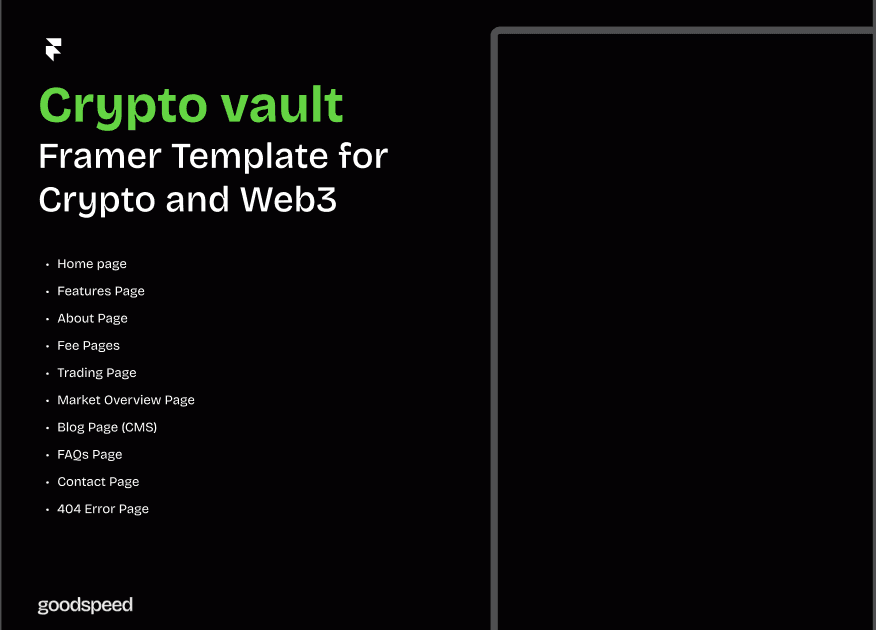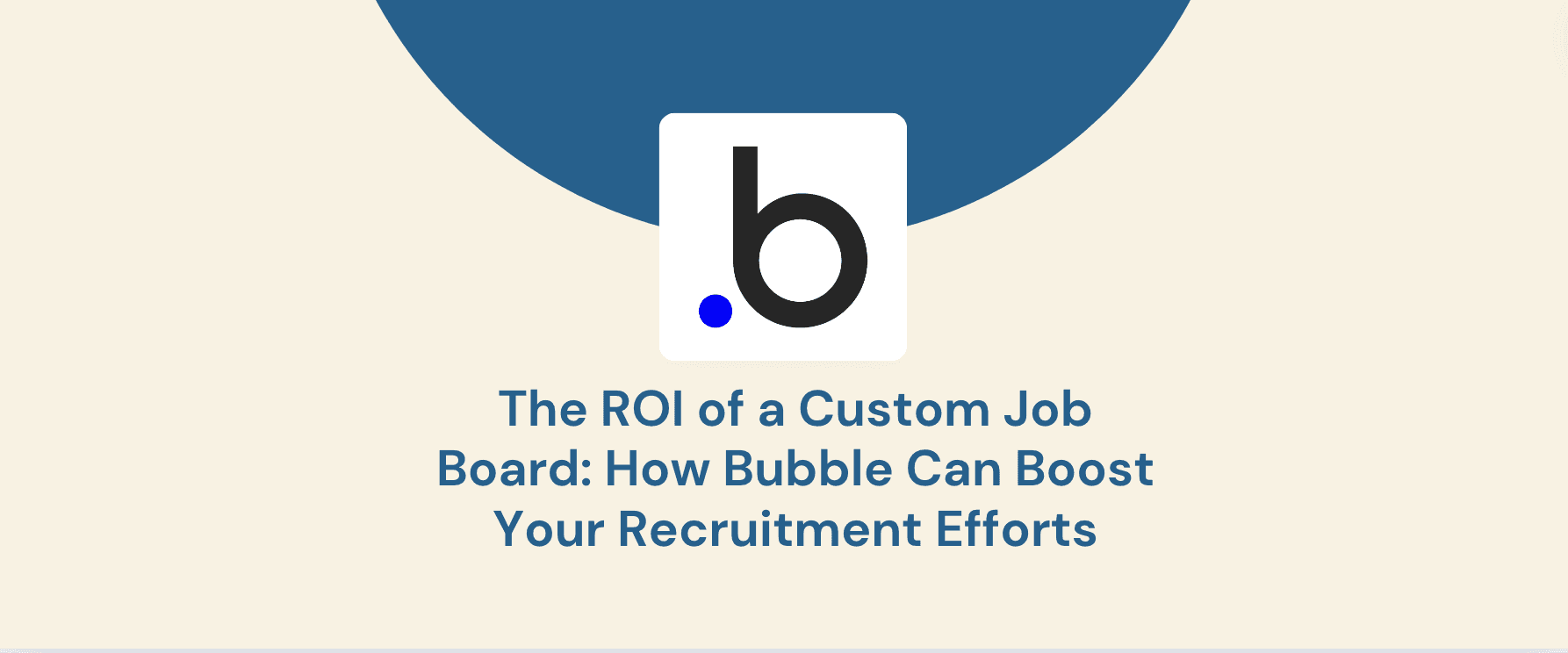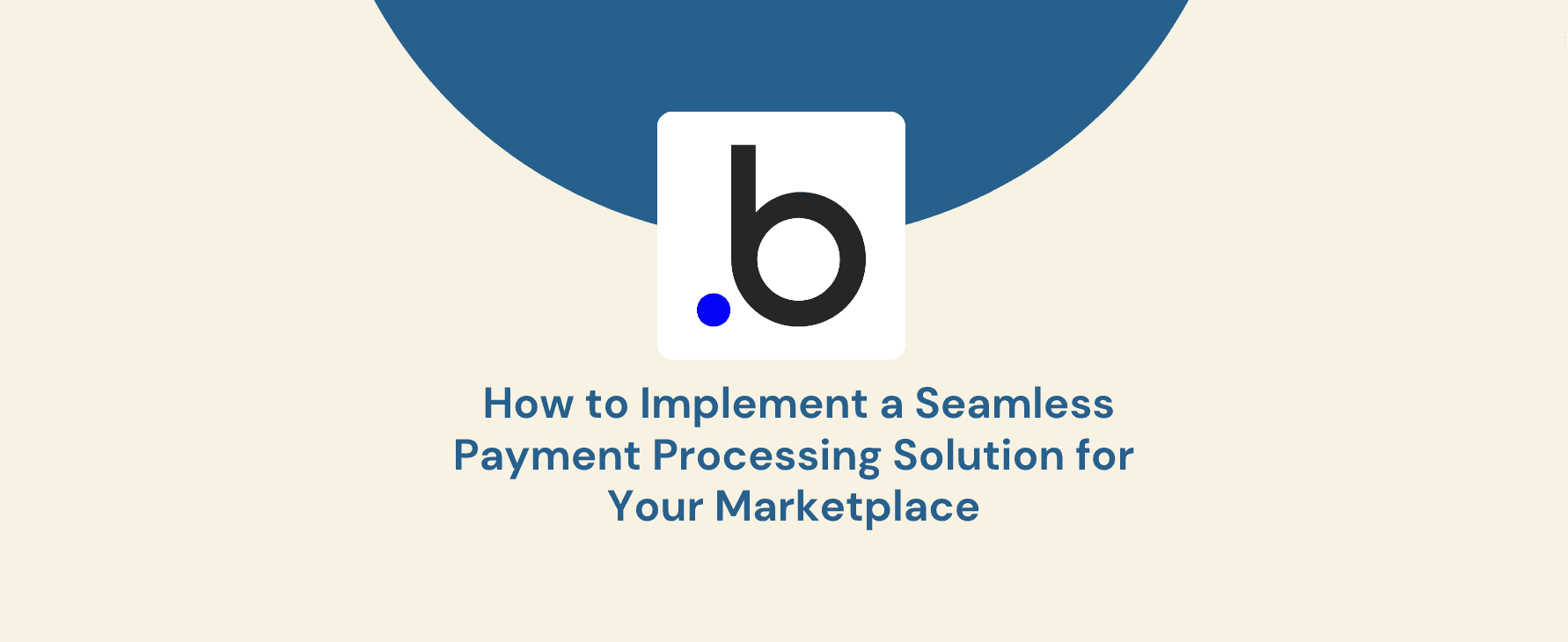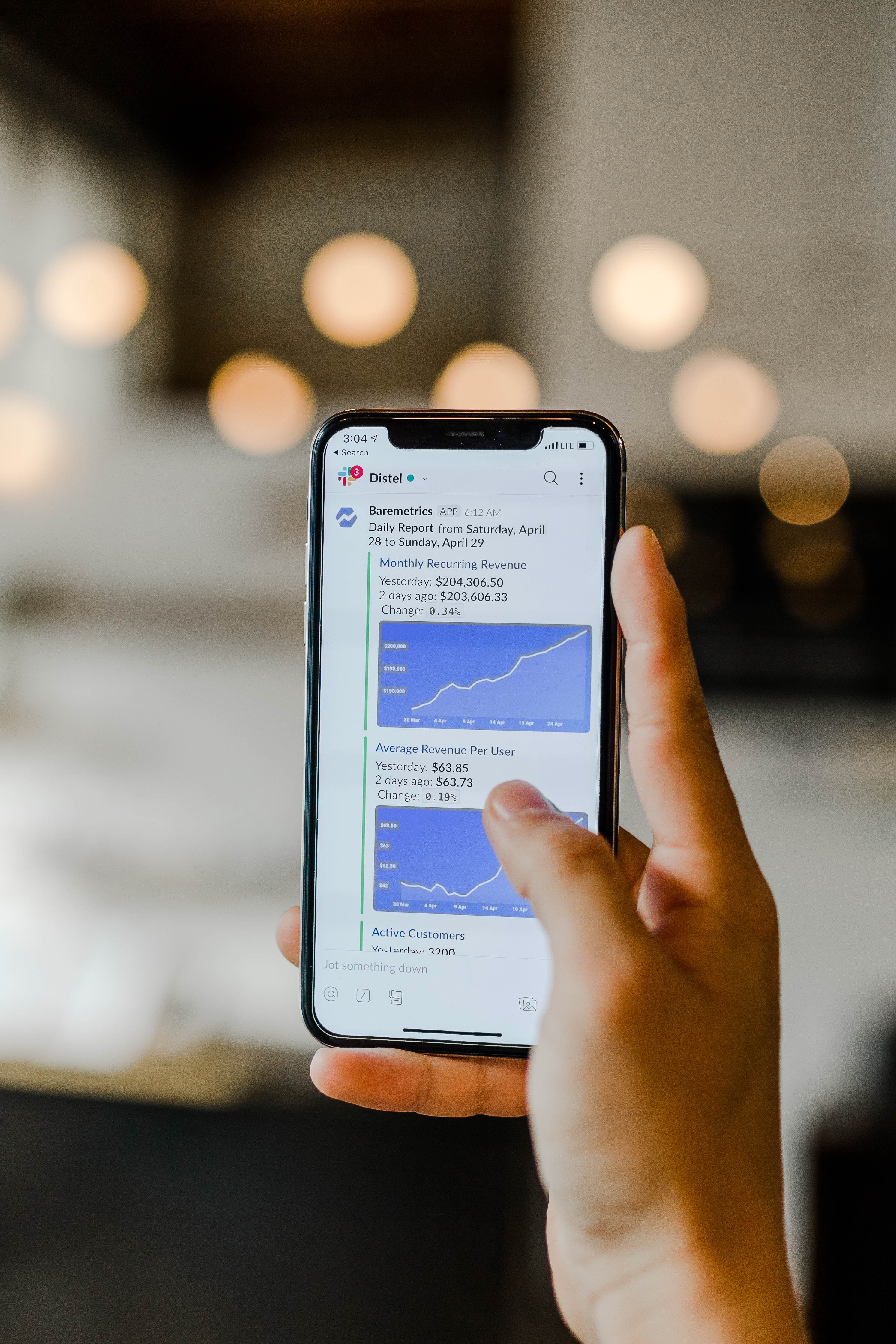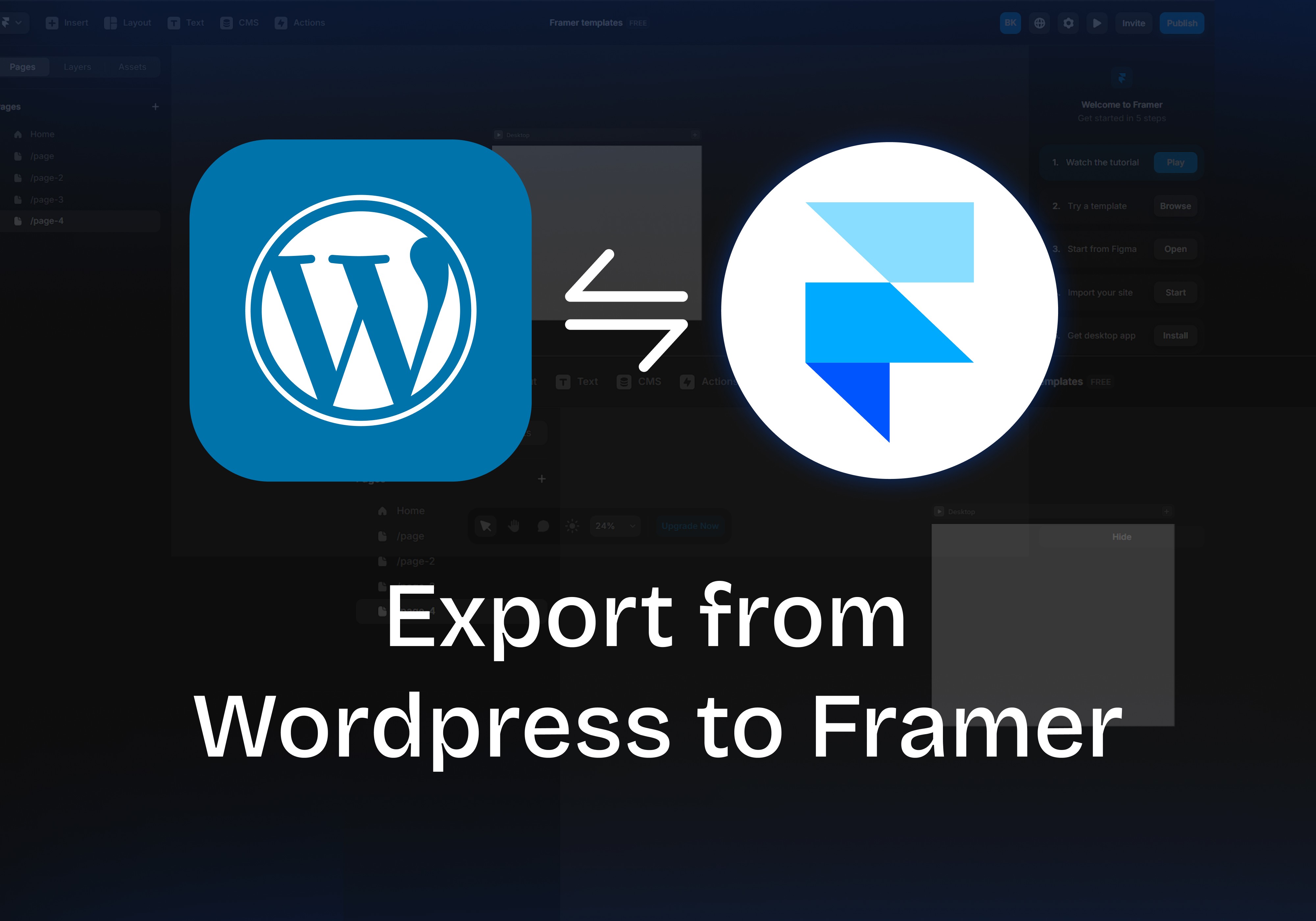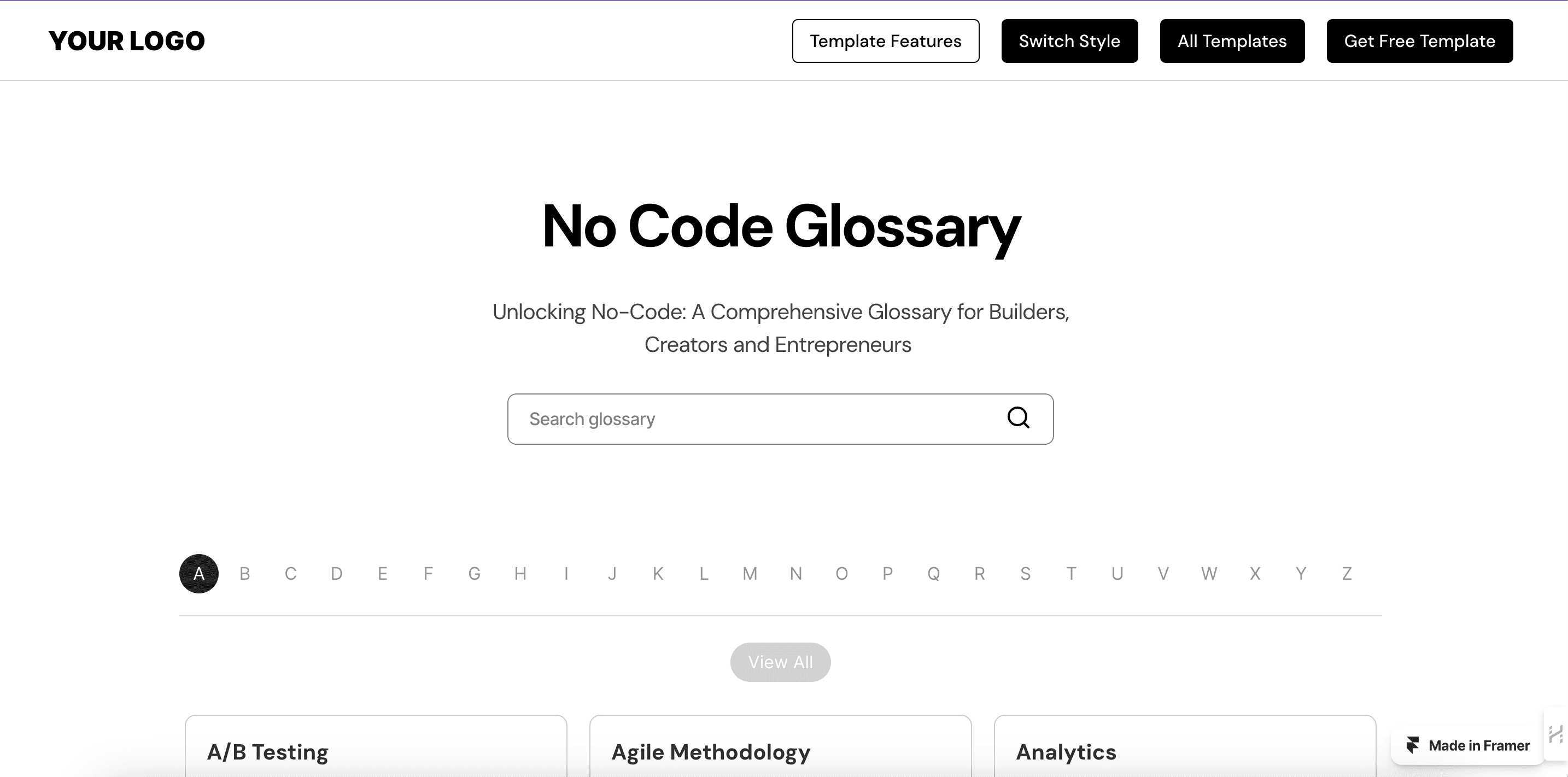Building a marketing website from scratch can be time-consuming and expensive—especially if you lack design or coding expertise. Whether you’re launching a product, campaign, or brand site, you need a fast, effective solution that maintains quality and professionalism.
Using carefully curated Framer templates for marketing websites provides a ready-made foundation that streamlines website creation. With pre-built sections, easy customisation, and built-in performance optimisations, marketers can launch a high-converting site in hours instead of weeks.
This guide walks you through selecting the right template, customising its content, and publishing a polished marketing site with minimal effort.
1. Selecting the Right Template
The right template lays the foundation for a high-performing marketing site. Here’s how to evaluate and choose the best one for your needs.
1.1 Identify Key Marketing Pages
Before choosing a template, define the purpose of your website. Are you building a single-page landing site, a multi-page product showcase, or a brand homepage? Your marketing objectives determine the structure your site needs.
For instance, a product launch page should prioritise:
A hero banner with a clear message
A features section explaining key benefits
A call-to-action (CTA) prompting sign-ups or purchases
A full brand website, on the other hand, may need additional sections such as an About page, customer testimonials, and a blog. Selecting a template with the right layout will save time during customisation.
1.2 Previewing Template Features
Framer offers a wide range of marketing-focused templates. When browsing options, focus on:
Built-in sections: Does the template include a hero image, CTA buttons, pricing table, or lead capture form?
Visual appeal: Choose a template with a modern, clean design that aligns with your brand.
Functionality: Some templates come with interactive elements or built-in animations—features that can enhance engagement.
For a more detailed breakdown of template selection, check out the Guide to Choosing the Right Framer Template for Your Startup.
1.3 Checking Visual & Brand Compatibility
Your website should reflect your brand’s style and personality. Before finalising a template, consider:
Typography & Colours: Does the template’s default font and colour scheme complement your brand, or will extensive changes be needed?
Layout Flexibility: Can you easily rearrange sections without affecting the flow?
It’s important to know your branding guidelines before looking for a template to save heavy edits going forward.
2. Customising Core Content & Branding
Once you’ve selected the right template, it’s time to make it your own. This step involves updating text, images, and branding elements to align with your business.
2.1 Replacing Placeholder Text & Images
The customisation begins with replacing the placeholder text and images on the template.
Key elements to customise include:
Headline & CTA: Ensure the hero section clearly communicates your value proposition. For example, instead of a generic “Revolutionise Your Workflow,” try “Automate Your Marketing in Minutes with AI-Powered Tools.”
Images & Graphics: Replace stock images with product shots, campaign visuals, or lifestyle images that resonate with your audience.
Testimonials & Social Proof: If the template includes a testimonial section, update it with real customer feedback to build credibility.
First impressions matter—94% of users judge a website based on its design, making strong visuals and messaging essential.
For advanced customisations beyond built-in options, consider reaching out to our expert Framer developers.
2.2 Applying Brand Colours & Fonts
Framer’s Global Styles panel makes it easy to customise typography and colours across your site.
Steps to update branding:
Adjust the primary and secondary colours to reflect your brand identity.
Select fonts that match your existing design guidelines.
Ensure button styles and CTA colours remain consistent across pages.
2.3 Rearranging or Removing Sections
Not every section in a template will be necessary for your website’s goals. Use Framer’s drag-and-drop interface to:
Rearrange elements so the most important sections (CTA, product benefits) appear prominently.
Remove unnecessary sections—for example, if you’re only collecting leads, you may not need a pricing table.
For more on making effective design tweaks, check out the Customising Your Framer Template: A Guide for Beginners.
3. Finalising Structure & Layout
Before publishing your site, refining its structure and responsiveness ensures a seamless user experience across all devices.
3.1 Organising the Navigation
A well-structured navigation menu enhances usability and guides visitors toward key actions. Keep it minimal and effective:
Primary navigation links: Home, About, and Contact should be easily accessible.
CTA placement: Ensure buttons like “Get Started” or “Sign Up” are prominent.
Anchor links: If your site is a single-page design, use anchor links to guide users through sections smoothly.
3.2 Confirming Responsive Design
With mobile browsing dominating traffic, ensuring a responsive design is crucial. Framer simplifies this process with built-in device previews. Test your site on:
Desktop: Ensure wide sections don’t break readability.
Tablet: Adjust font sizes and spacing where necessary.
Mobile: Fix text wrapping and ensure buttons remain large enough for easy tapping.
Since 53% of mobile users abandon sites that take longer than three seconds to load, responsiveness isn’t optional—it’s essential.
3.3 Inserting Conversion Elements
Marketing websites need conversion-driven elements to maximise engagement. Ensure your site includes:
A lead-capture form in a visible location.
CTA buttons with clear, action-driven copy like “Get a Free Trial” or “Download Now.”
Testimonials or trust signals near key decision points.
To further optimise conversions, check out our guide on Creating Stunning Landing Pages in Framer: Tips for Marketers
4. Publishing & Basic Maintenance
With your site fully customised and structured, the final step is launching it on a custom domain and setting up a maintenance routine.
4.1 Connecting a Custom Domain
A custom domain enhances brand credibility and ensures visitors can find you easily. To set up your domain in Framer:
Navigate to the hosting settings in your Framer dashboard.
Follow the DNS configuration steps to link your purchased domain.
Verify the connection to ensure smooth redirection.
4.2 Launching the Site
Before clicking “Publish,” conduct a final review:
Load-speed test to ensure optimal performance.
Check for broken links or missing images.
Preview across multiple devices to confirm a seamless experience.
Also, share the link with internal stakeholders or collaborators to gather feedback on layout, text clarity, and brand accuracy.
4.3 Making Ongoing Tweaks
Even after launch, periodic updates keep your marketing website relevant.
Update content frequently: switch outdated promotions, refresh copy, and add seasonal campaigns.
Monitor analytics: track conversions, traffic sources, and bounce rates to optimise pages.
Implement technical fixes: adjust based on user feedback or shifting SEO best practices.
Using Framer templates for marketing websites allows for easy updates post-launch, ensuring your content remains fresh and optimised for conversions.
The CEO of an AI education platform praised Goodspeed’s agility and responsiveness in making such post-launch updates effortless.
Launching a high-converting website doesn’t have to be a time-intensive or technical challenge. Using Framer templates for marketing websites allows you to create a visually stunning, conversion-optimised site in a fraction of the time it would take with traditional development.
By selecting a template that aligns with your marketing goals, customising it with brand-consistent content, and optimising its structure for performance and SEO, you can establish a professional online presence without needing a developer.
With Framer’s built-in hosting, responsive design capabilities, and seamless editing features, you can continuously refine your website to keep it aligned with evolving campaigns and business needs. If you’re ready to build a fast, flexible, and scalable marketing site, explore Framer’s template library and get started today.
Need more help customising your template? Get all the answers you need - book a free consultation.


